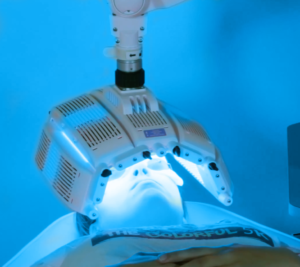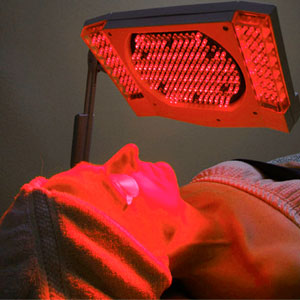 Safety Tips for Blue Light Therapy Bulbs and Devices
Safety Tips for Blue Light Therapy Bulbs and Devices
If you are using a non-laser, LED blue light therapy bulb or device, you should always use appropriate eye protection. Although it has not been proven, some experts are beginning to suspect that excessive exposure to blue LED light could harm vision over time. In addition, there is evidence blue light exposure at the wrong time of day can cause insomnia or disrupt circadian rhythms. Be safe and make sure your eyes are protected.
Here are some more safety tips for using blue light therapy bulbs or devices:
1. As always, read the manufacturer’s instructions and safety information before using the blue light therapy bulb/device.
2. Do not stare into the bulb when it is switched on.
3. Wear appropriate eye protection when using a blue light therapy LED bulb or device. This would likely be goggles or possibly glasses that are designed to block out most blue light and a reasonable amount of brightness. Most lenses made for blocking blue LED light are a deep orange color or a dark, orange-based brown. And of course, you could also opt for goggles intended to block out all light.
4. Certain medical conditions may cause sensitivity to light, such as seizures, some types of Lupus or migraine headaches. It’s always a good idea to discuss blue light therapy with your doctor before trying it.
5. Be aware that some skin care products can cause photosensitivity for a period after applying them. Do your blue light therapy treatments outside of this window of time.
6. Some medications cause sensitivity to light. If you take any medication, check with your doctor or pharmacist before using LED blue light therapy.
7. Many people using blue light therapy are doing so to kill bacteria on the skin’s surface. Sanitation is therefore very important, especially since most blue light therapy bulbs and devices are not easy to wash or sanitize. I recommend using a very thin layer of plastic or a bulb cover to cover the LED’s each time it is used. Dispose of the plastic or cover after each use.
8. If your blue light therapy bulb or device has red LED’s as well, be sure to check out our safety tips for red light therapy.
